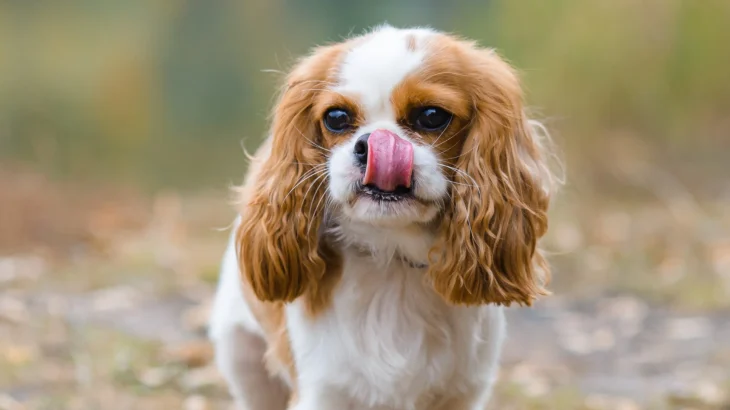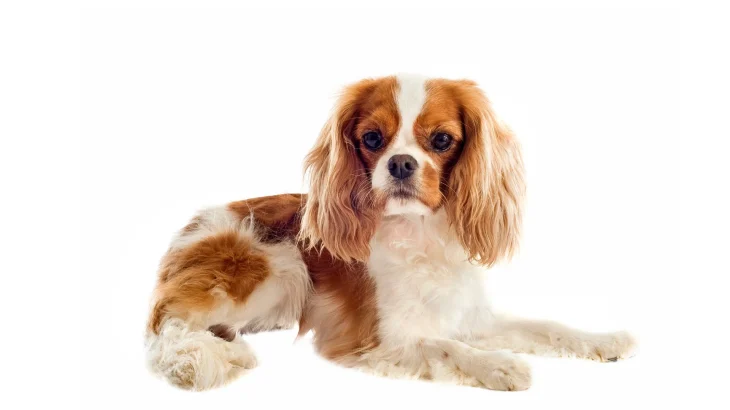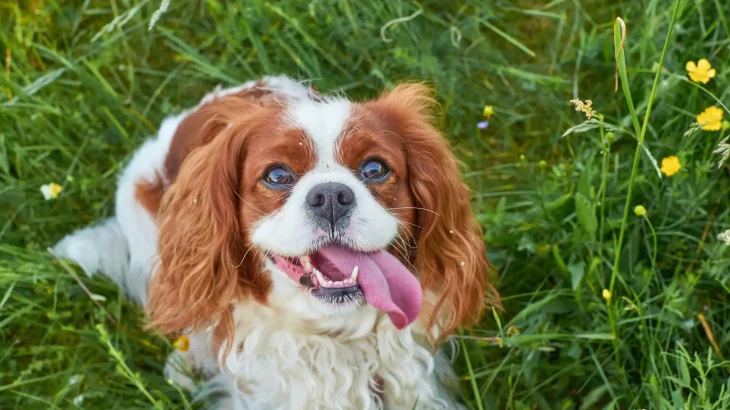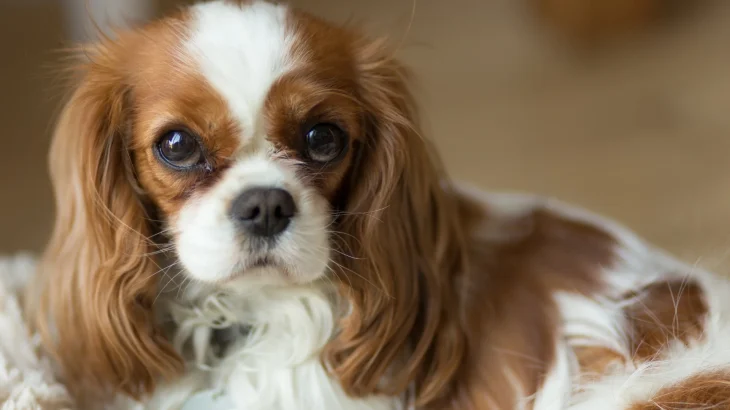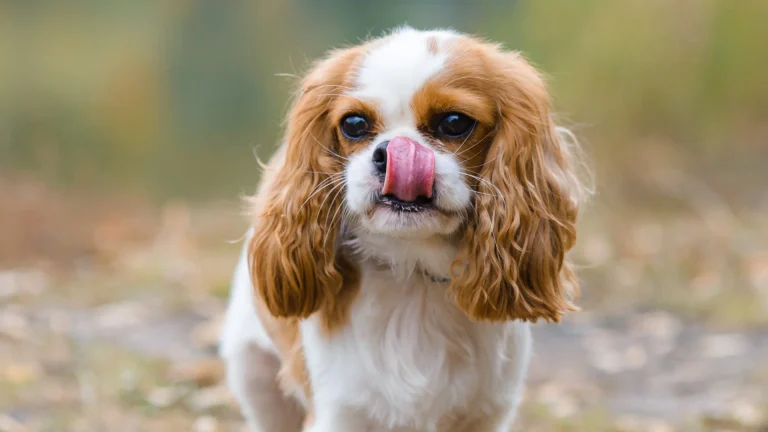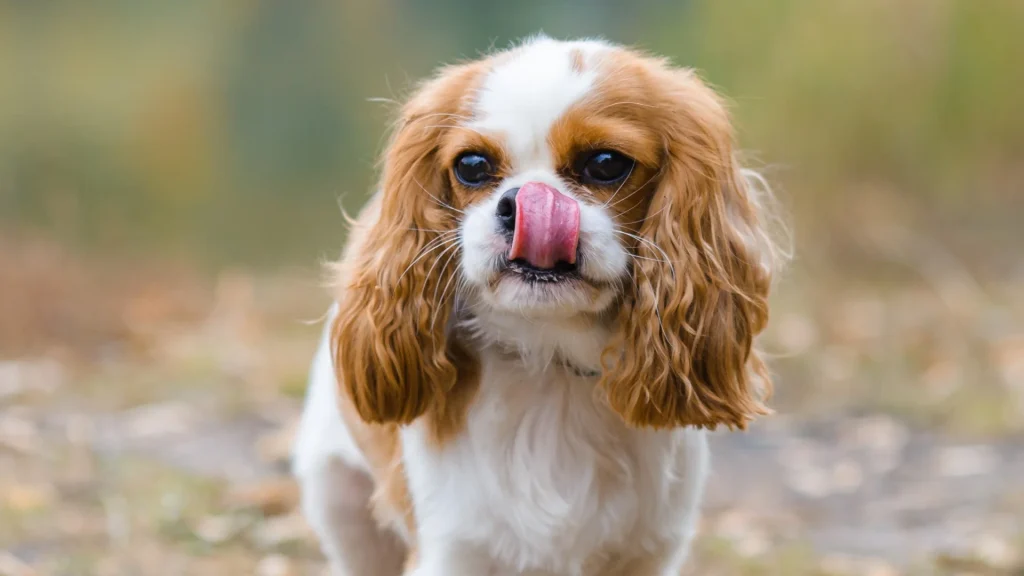Deciding between adopting or purchasing a Cavalier King Charles Spaniel puppy involves weighing your priorities such as cost, health information, and ethical considerations. Buying from a breeder typically offers detailed health and pedigree insights, while adopting gives a loving home to a dog in need, often at a lower cost. Both options have unique benefits depending on what matters most to you as a potential owner.
Adoption vs. Breeder: Pros & Cons
| Criteria | Buying from Breeder | Adopting from Shelter/Rescue |
|---|---|---|
| Cost | Usually higher, often between $1,500-$3,000 for a purebred puppy. | Lower, typically $100-300, sometimes includes vaccinations and spay/neuter. |
| Health History | Provides detailed health records and genetic screening results. | Health history may be incomplete or unknown; shelters conduct basic health checks. |
| Age Availability | Mostly puppies, allowing bonding from a young age. | All ages available, including adults and seniors. |
| Temperament Insight | Breeders often know lineage traits and can predict temperament. | Shelter staff can share observed behaviors, but full background often unavailable. |
| Ethical Considerations | Supports breeding programs; important to choose responsible, ethical breeders. | Supports animal welfare by rescuing dogs in need and reducing overpopulation. |
| Breed Purity & Pedigree | Guaranteed purebred with documented pedigree and registration papers. | Purebred status may be uncertain; papers often not provided. |

